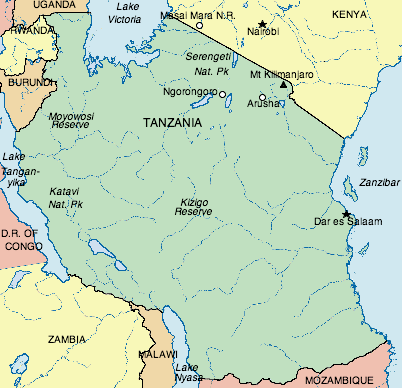Zanzibar’s History

After Independence from Britain in 1963, Dr. Julius Nyerere was Tanzania’s beloved president for nearly 30 years until his death in 1999. The cornerstone of his policies were based on the Ujamaa Village, a collective agricultural venture run along traditional African lines. He sought to ensure that those in political power did not develop into an exploitative class.
In the 1800’s, Zanzibar, however, was ruled by the Arab country of Oman and was important to the Arabs as a slaving center. In fact, you can visit the Old Slave Market in what is now Darajani Market. Unfortunately, after independence was won from Britain, and even though the Afro-Shirazi party won a majority in the elections the government somehow was formed by an Arab minority which infuriated the Africans. Outraged, they organized an armed revolt and abolished Arab rule. The president of Zanzibar now is Benjamin Mkapa.
You can visit Dr. Livingstone’s Exhibition Room where Livingstone stayed in 1866 during the preparation of his last journey into Africa where he led an expedition to suppress slavery by means of “civilizing influences” and to discover the source of the Nile. But he was not heard from for several years so in 1870 he was met on Lake Tanganyika in the present day Democratic Republic of Congo by a rescue party led by Henry Morton Stanley who greeted him with the famous remark, “Dr. Livingstone, I presume?” Stanley and Livingstone explored the area north of Lake Tanganyika together. He died in 1873. His servant dried his body and carried it and his papers on an 11 month journey to Zanzibar-a trip of 1000 miles. The people buried his heart in Africa as he had requested, but his body was returned to England and is buried in Westminster Abbey.
Tags: African Continent, Tanzania, Zanzibar

